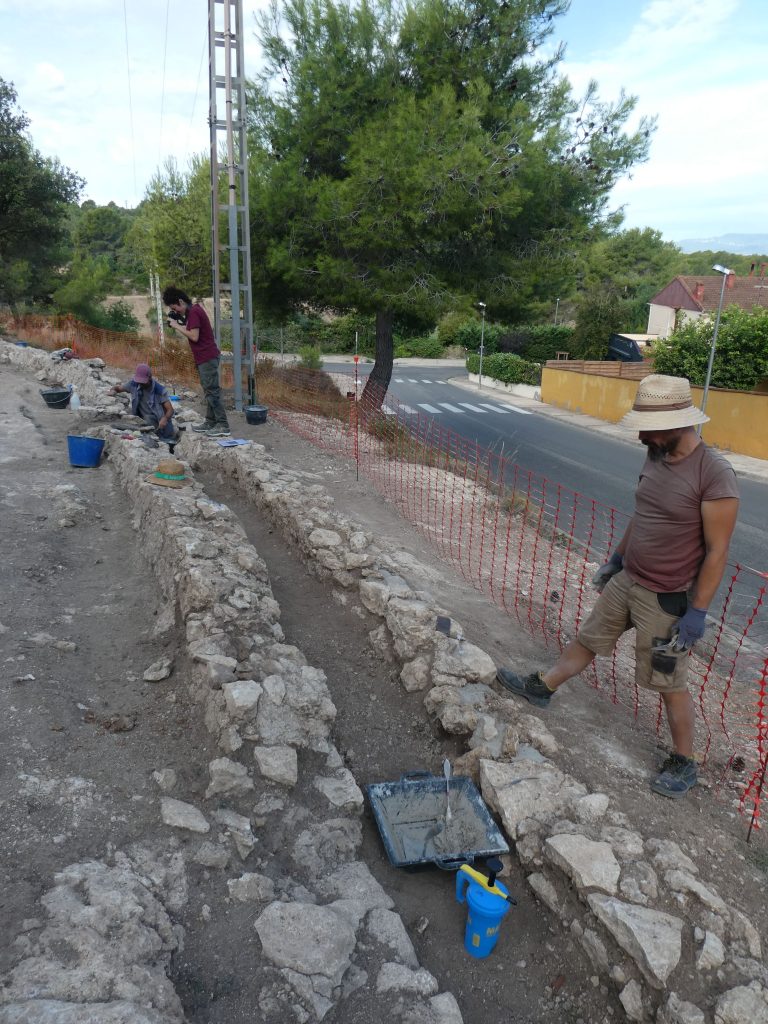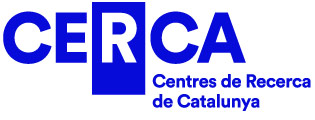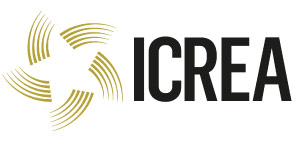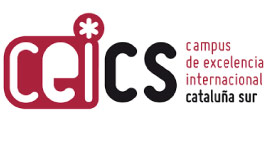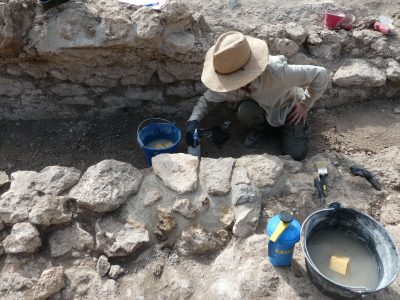
Discover the hidden secrets of the ancient Roman aqueduct in Els Pallaresos (Tarragona)
In a new stage of the exciting research project led by the ICAC on the Roman aqueducts of Tarraco, two archaeological interventions have been carried out, uncovering a new section of the ancient Gaià aqueduct as it passes through the Pallaresos area (Tarragona).
In collaboration with the Els Pallaresos Town Council (a village very close to Tarragona), which co-funded the interventions, these archaeological excavations reveal a direct link to the past.
The integration of the discovered sections of the aqueduct will allow this authentic archaeological gem to be accessible to the public.
The first intervention (carried out in 2019) focused on unearthing and consolidating a 13-meter-long section. The work resumed in 2022, uncovering an additional 35 meters. The ultimate goal of the interventions is to integrate the discovered sections of the aqueduct into the urban environment of Els Pallaresos so that this authentic archaeological gem is within reach of the public.
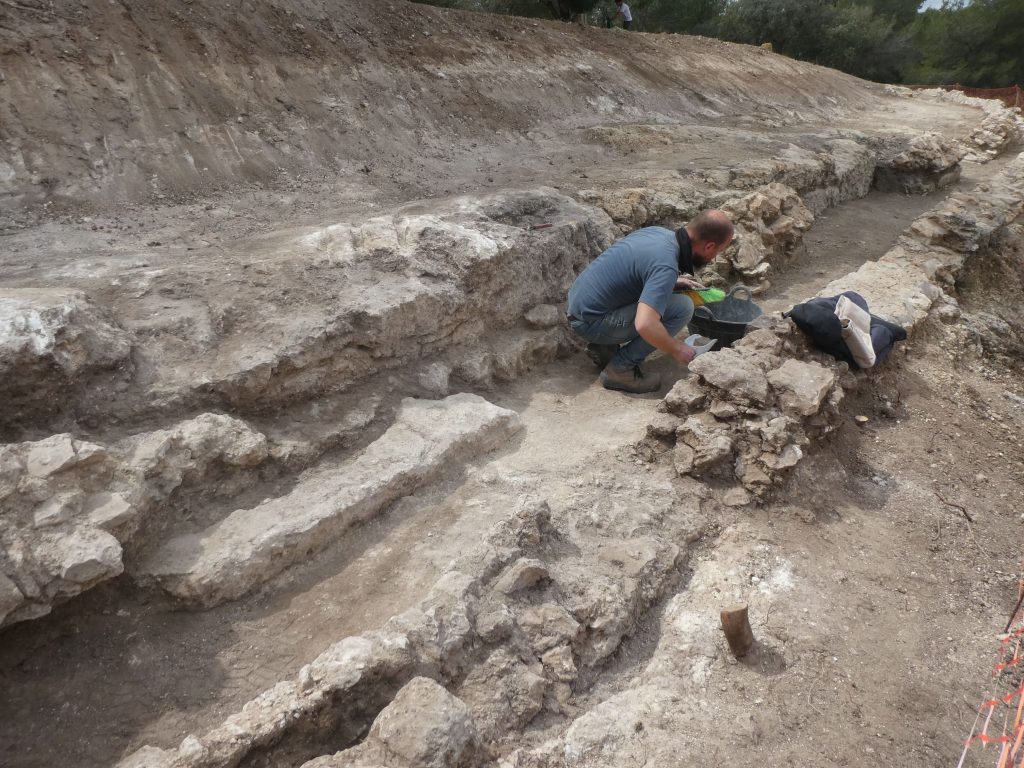
The Roman aqueduct will remain as an element of archaeological heritage integrated into the urban park of Els Pallaresos.
But the story does not end here. Now, the ICAC has advanced to a new stage: the excavation of the last 15 meters of the buried Roman aqueduct, until it reaches Maragall Street. Once the intervention is completed, the ICAC will have uncovered a total of 63 meters of this majestic Roman aqueduct. Its location next to the sidewalk that borders an urban park is particularly relevant, as it will be visible to passersby.
The excavation of these new 15 meters began on April 17th and was completed by the end of May. The tasks were carried out by a team of 5 people, under the direction of ICAC researcher Jordi López and Marta Martín, an archaeologist specialized in the consolidation and restoration of archaeological remains.
With this intervention, the ICAC will have discovered a total of 63 meters of this majestic Roman aqueduct.
Specifically, the excavation has chosen to uncover only the upper part of the walls and the visible parts of the vault in this 15-meter section of the aqueduct. This is the best option for the conservation and protection of the monument: by not emptying the interior of the conduit, external pressures are avoided, and the plasterwork is protected. Once the excavation is finished, the consolidation work follows the same minimal intervention criterion and focuses on the most weakened parts and those where rainwater needs to be redirected to prevent leaks.

The ICAC’s aqueduct project also includes the creation of slopes with a gradient of about 45 degrees that enhance the visible cuts of the aqueduct without aggressively altering the landscape, using a system such as the incorporation of native plants adapted to the Mediterranean region for sustainable maintenance. Once finished, a wooden fence will be installed on top to limit the space and prevent falls.
Additionally, two additional trenches have been opened in the section of the Bosc del Cremat aqueduct (‘Sala Polivalente’) to explore the route of the Mina de l’Arquebisbe and prepare a future project to promote this heritage.
Soon, we will share these discoveries and advancements with the world. The history of the Gaià Roman aqueduct will be reflected in a restoration that guarantees its protection and preservation while creating an attractive space for visitors.
